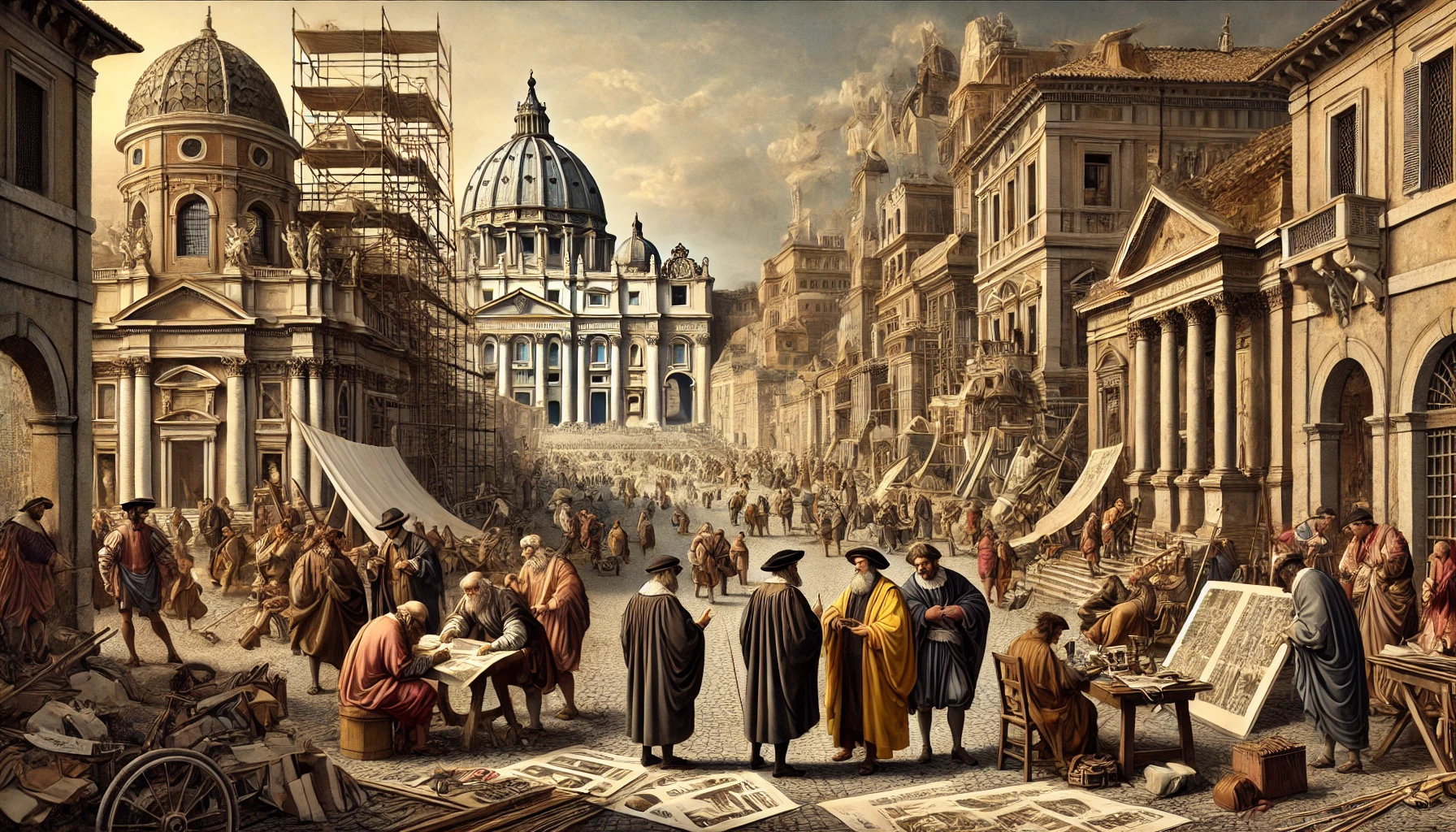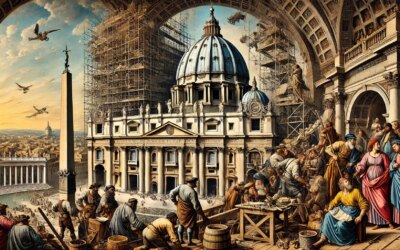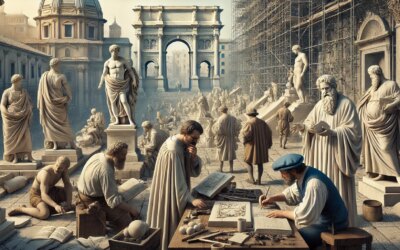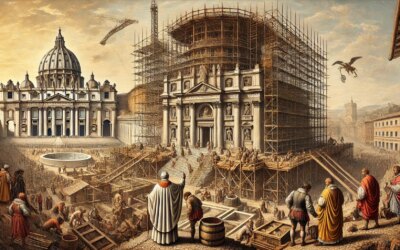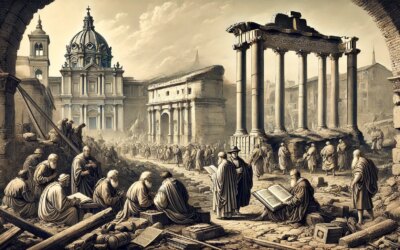The Renaissance Transforms Rome
By the 16th century, Rome had risen from the ashes of medieval decline to reclaim its place as the cultural and artistic capital of Europe. The city, once the seat of emperors, was now shaped by popes and artists who sought to restore its ancient grandeur. The Renaissance brought with it a flourishing of art, architecture, and intellectual pursuit, making Rome a beacon of human achievement.
The Patronage of the Popes
Central to Rome’s transformation were the popes, who acted as both religious and political rulers. The papal court, under leaders such as Julius II (1503–1513) and Leo X (1513–1521), funded ambitious projects to beautify the city. Their commissions led to the construction and decoration of some of Rome’s most iconic landmarks, including the reconstruction of St. Peter’s Basilica and the adornment of the Vatican with masterpieces.
Michelangelo and the Sistine Chapel
Few figures embody the Renaissance in Rome as completely as Michelangelo Buonarroti. Commissioned by Pope Julius II, Michelangelo painted the ceiling of the Sistine Chapel (1508–1512), creating one of the most celebrated works of Western art. His later work, The Last Judgment (1536–1541), on the chapel’s altar wall, further solidified his legacy.
Raphael and the Vatican Frescoes
Alongside Michelangelo, Raphael played a crucial role in shaping Renaissance Rome. His frescoes in the Vatican’s Stanza della Segnatura, including The School of Athens (1511), showcased the intellectual revival of antiquity. Raphael’s influence extended beyond painting—he was also an architect, contributing to the design of St. Peter’s Basilica before his untimely death in 1520.
The Rebuilding of St. Peter’s Basilica
Perhaps the most ambitious architectural project of the 16th century was the reconstruction of St. Peter’s Basilica. Under the direction of architects Bramante, Michelangelo, and later Bernini, the new basilica became the grandest church in Christendom. Its iconic dome, designed by Michelangelo, remains a defining feature of Rome’s skyline.
Rome as the Artistic and Intellectual Center
Beyond the Vatican, Rome’s streets were alive with artists, scholars, and merchants. Wealthy patrons, including powerful cardinals and noble families, sponsored palaces and public works, blending classical ruins with Renaissance elegance. Humanist scholars flocked to the city, reviving ancient texts and fostering intellectual exchange.
The Enduring Legacy
By the late 16th century, Rome had established itself as the heart of the Renaissance, influencing art and architecture across Europe. The city’s transformation during this period laid the foundation for the Baroque era, ensuring that Rome would continue to inspire generations of artists, thinkers, and visionaries.

